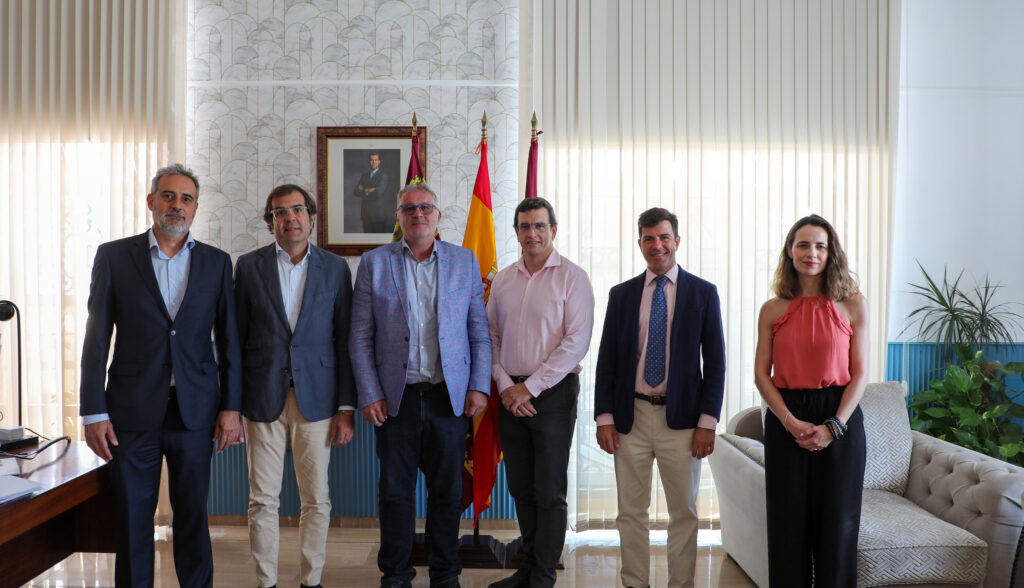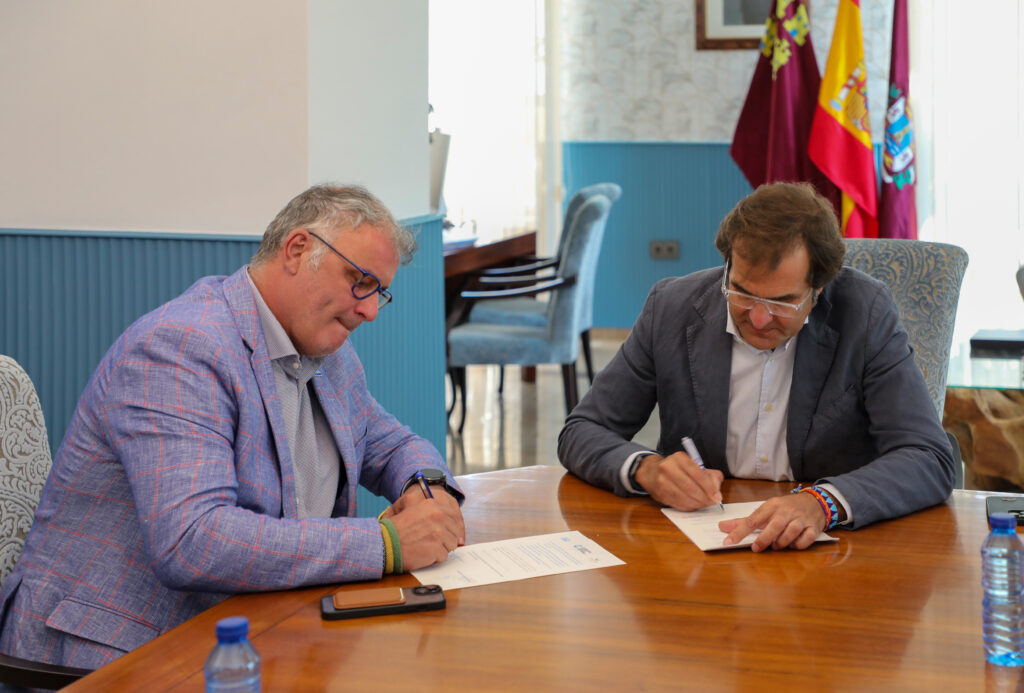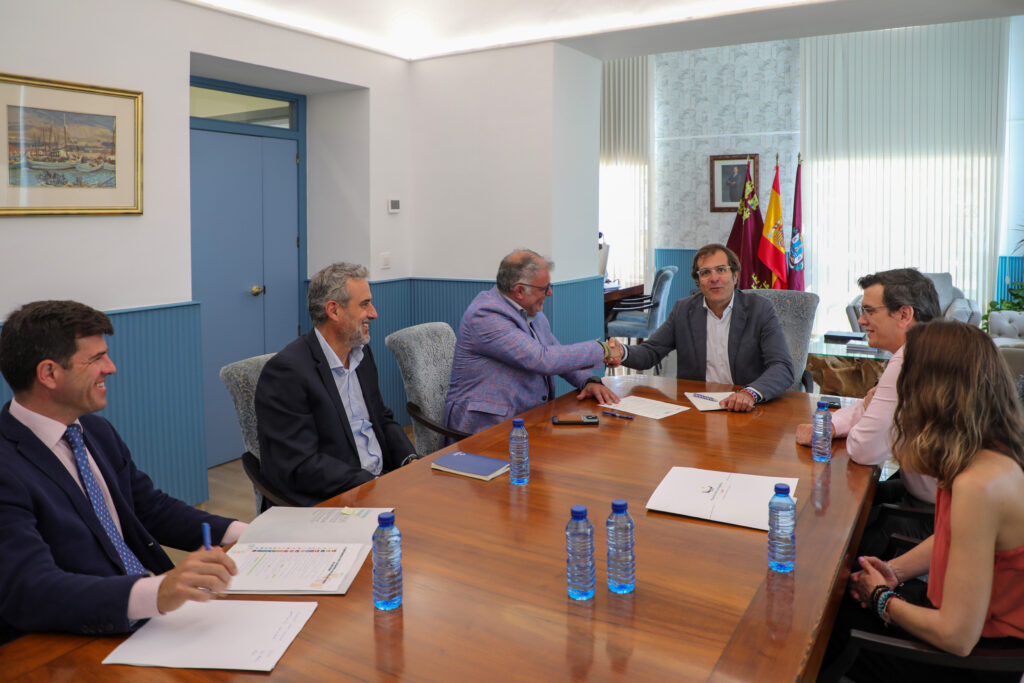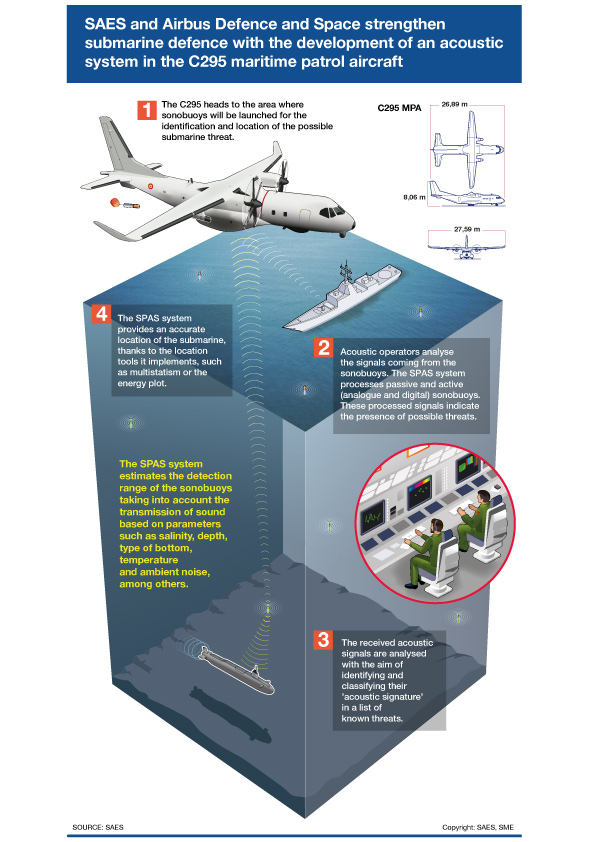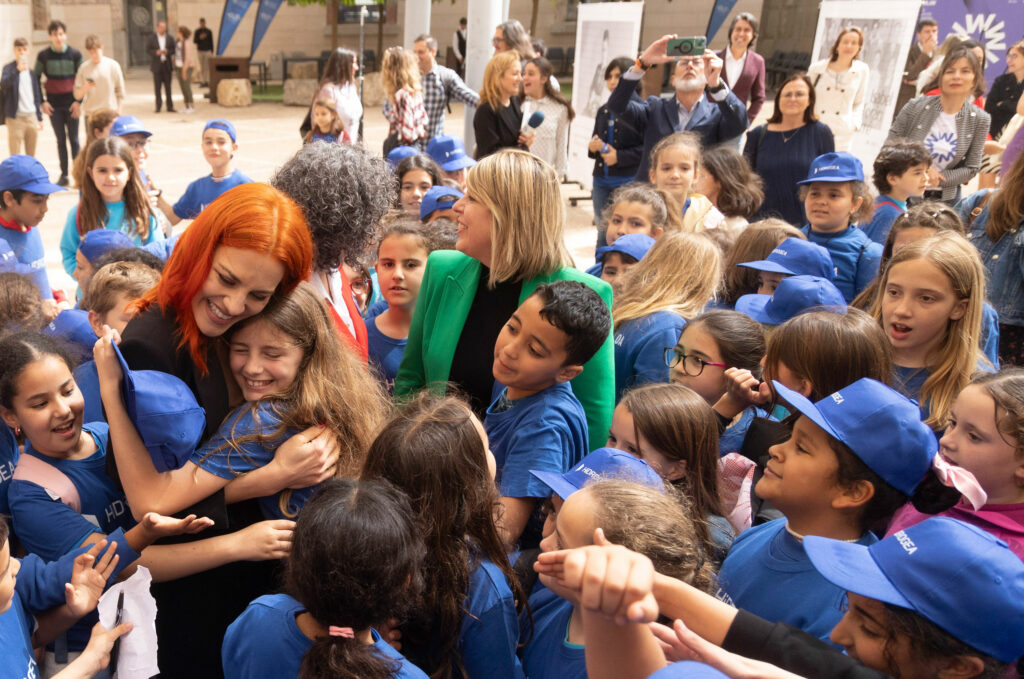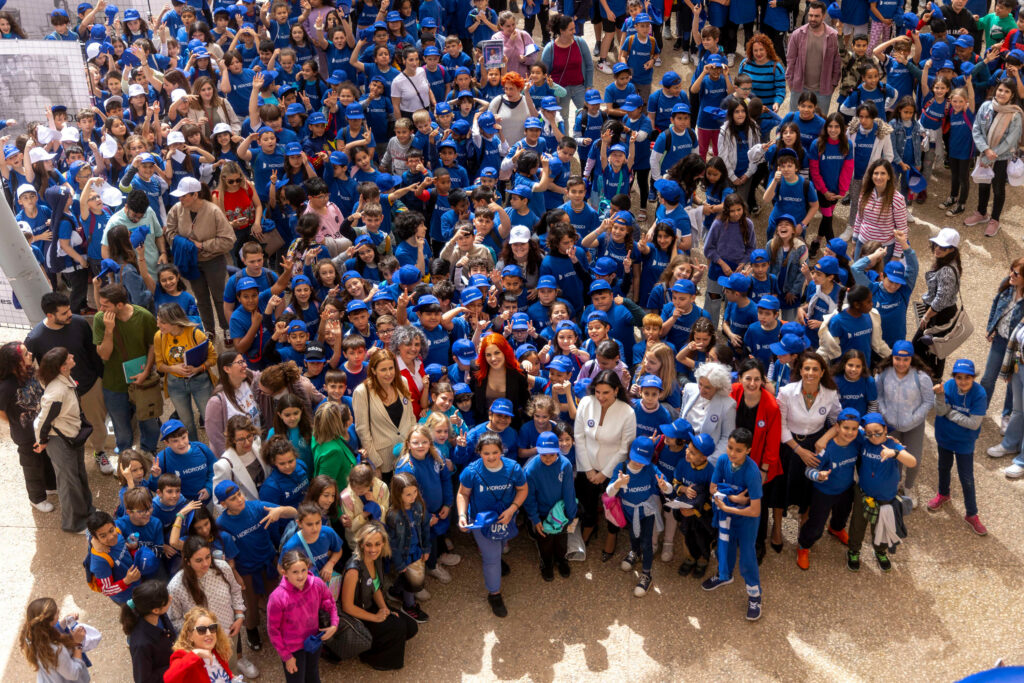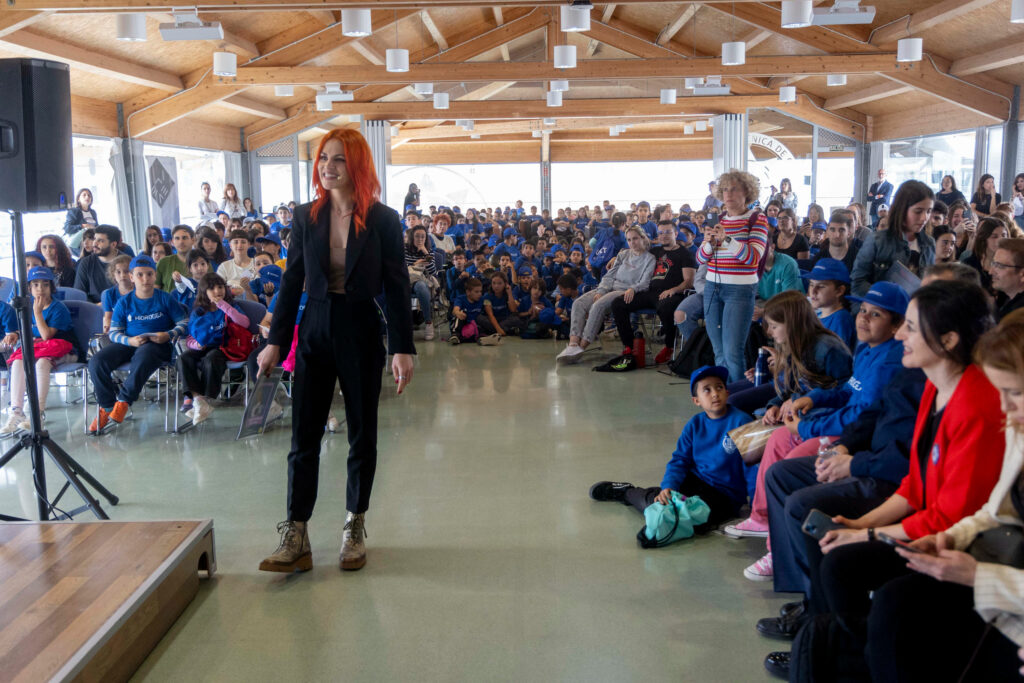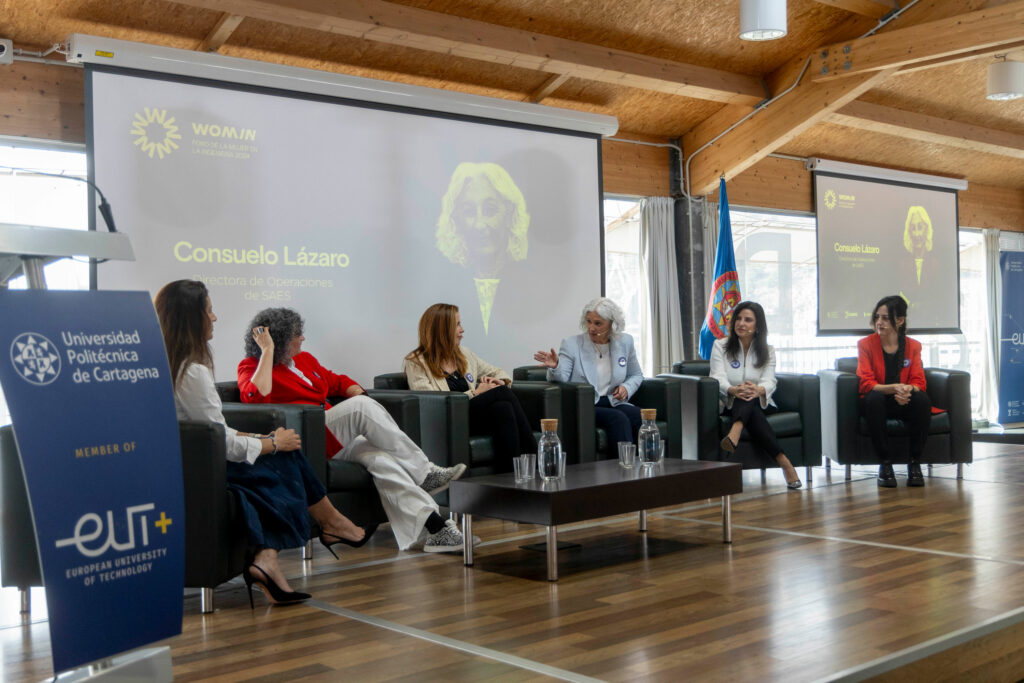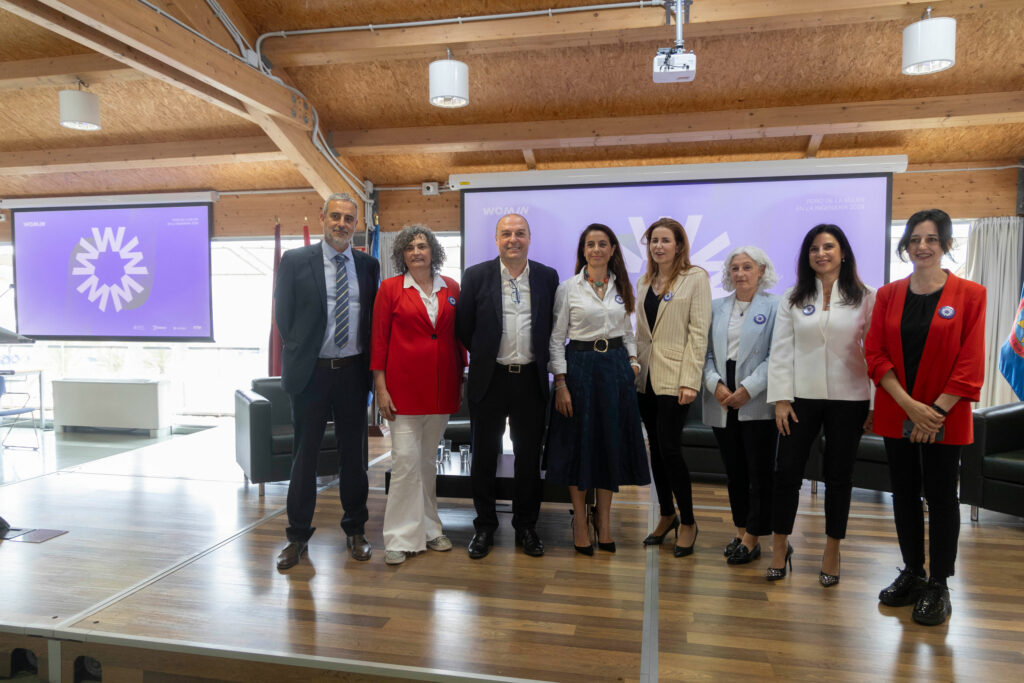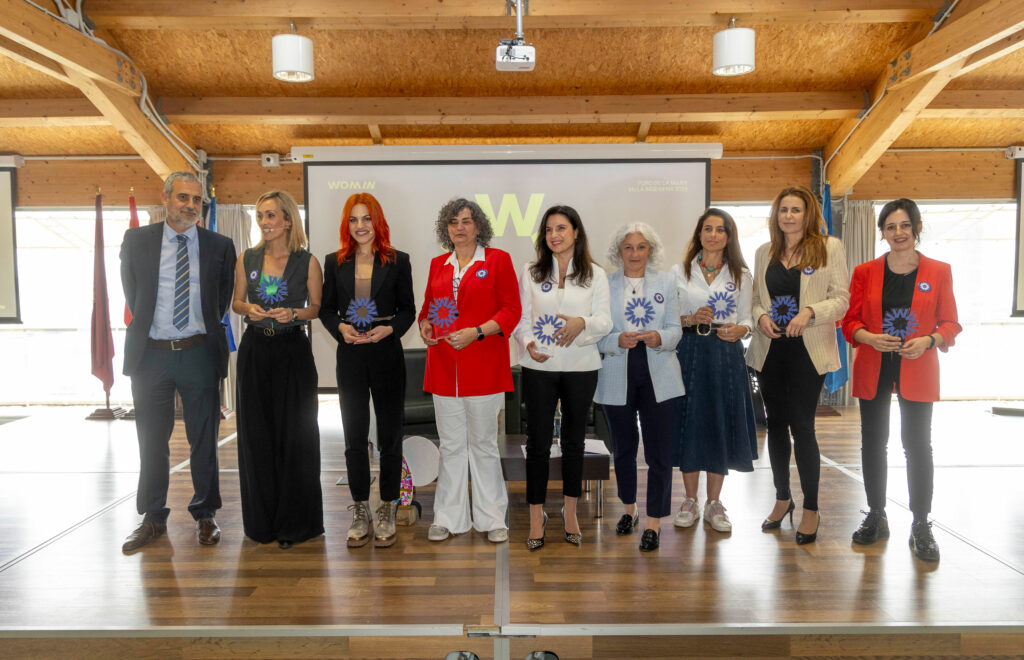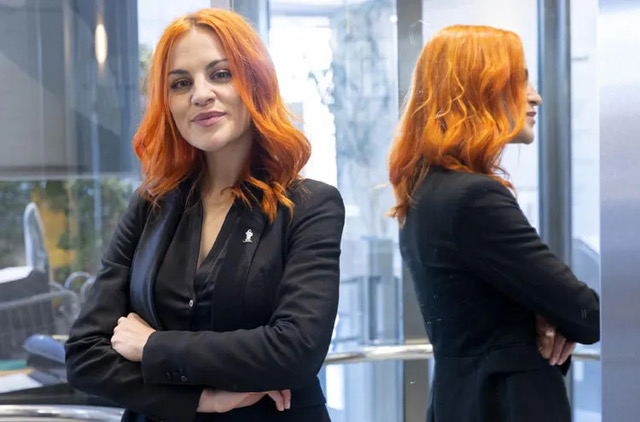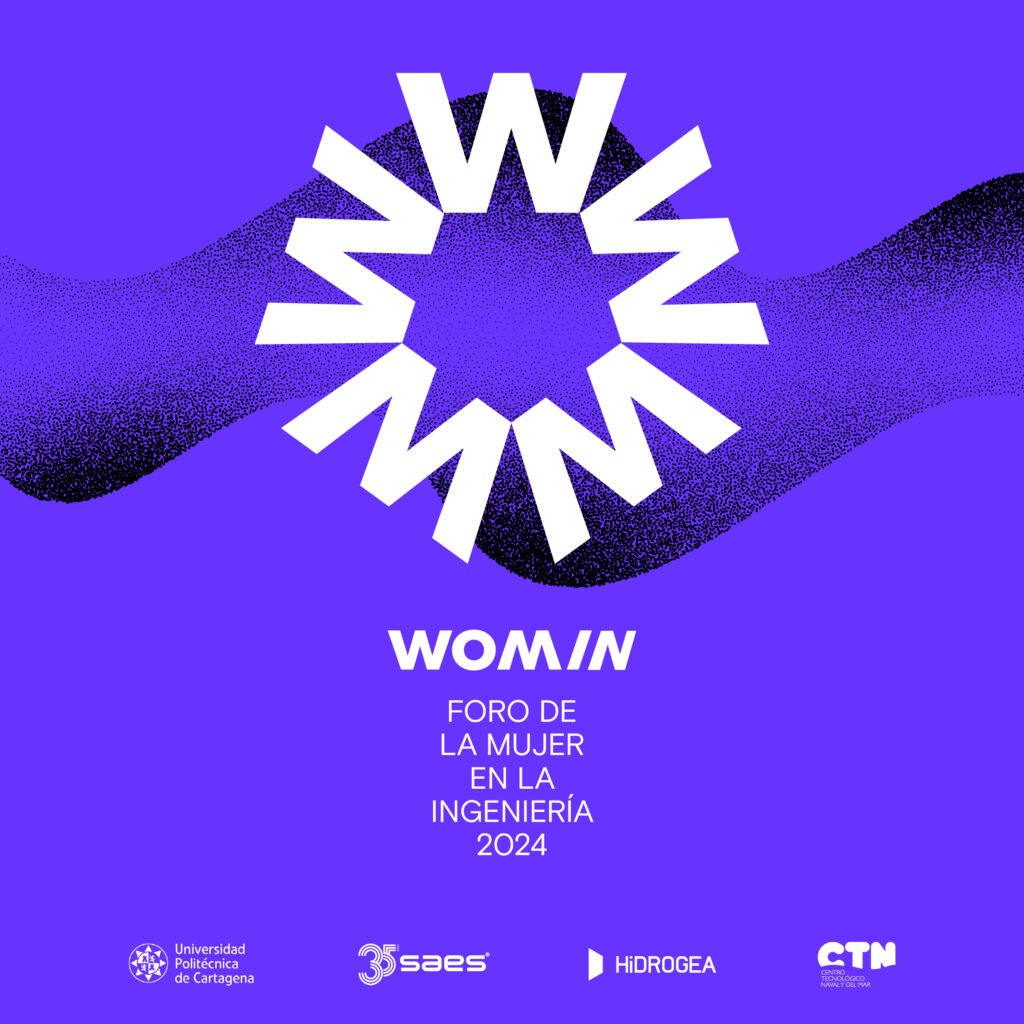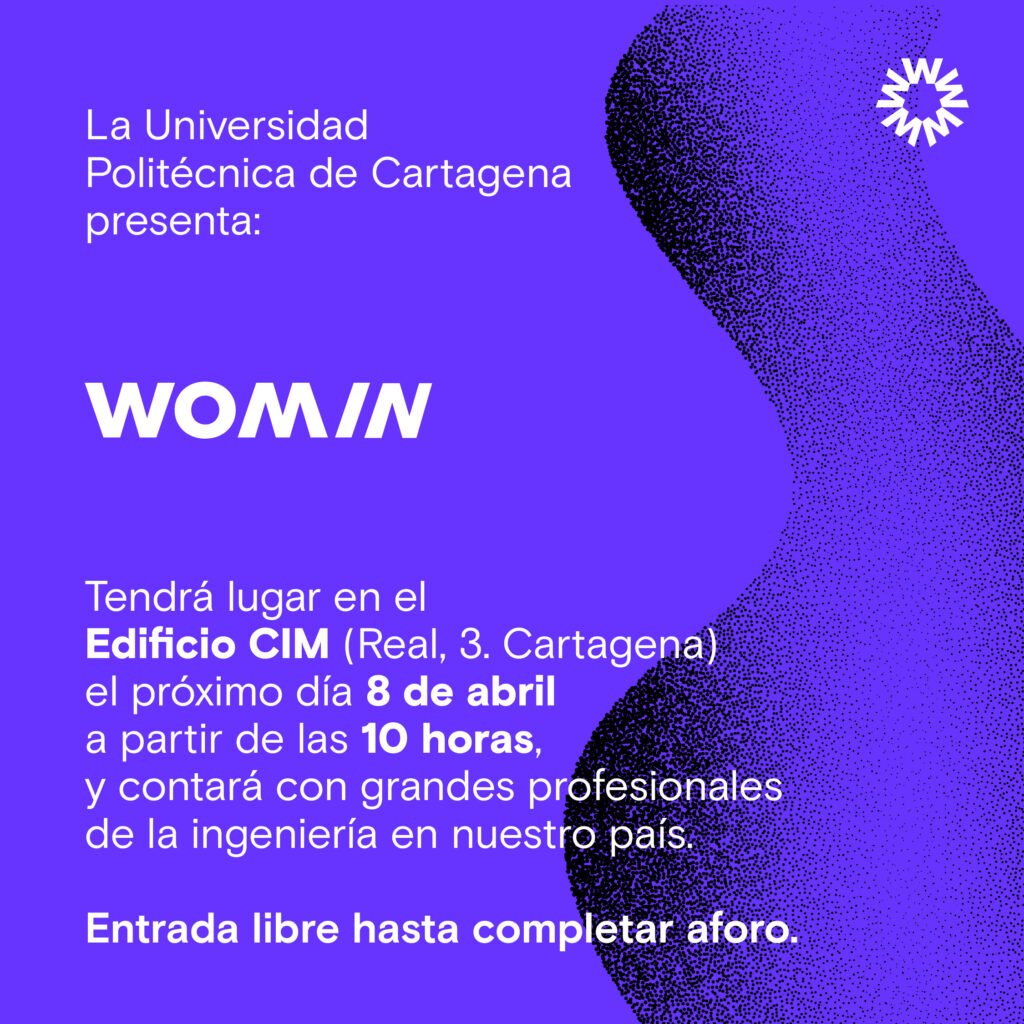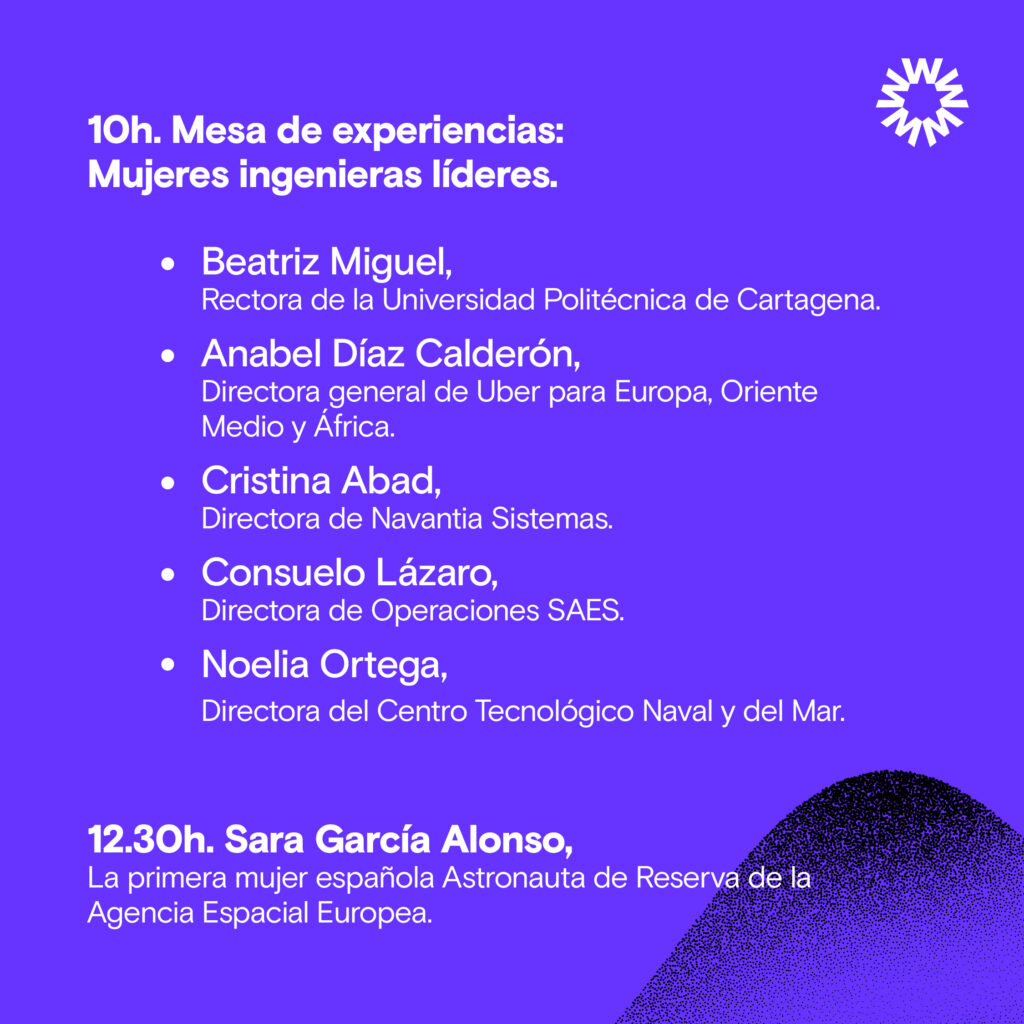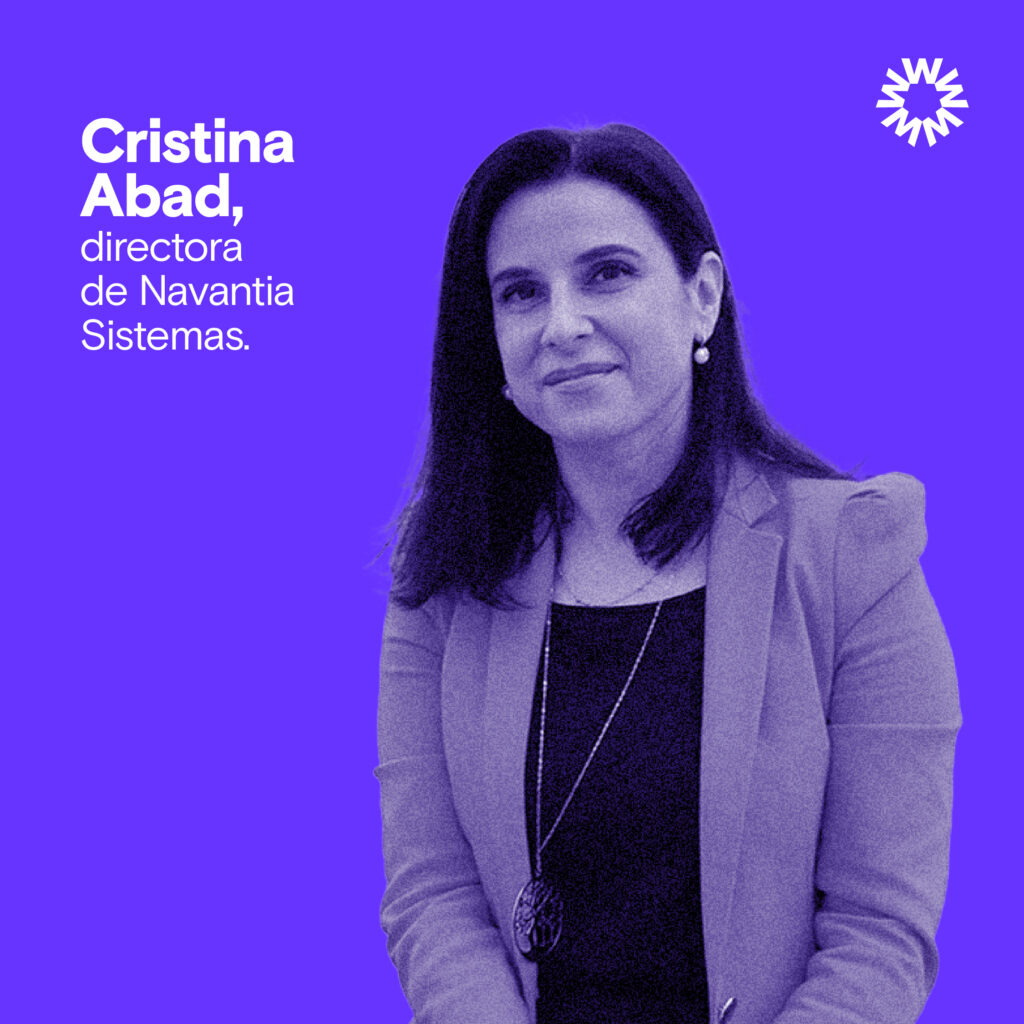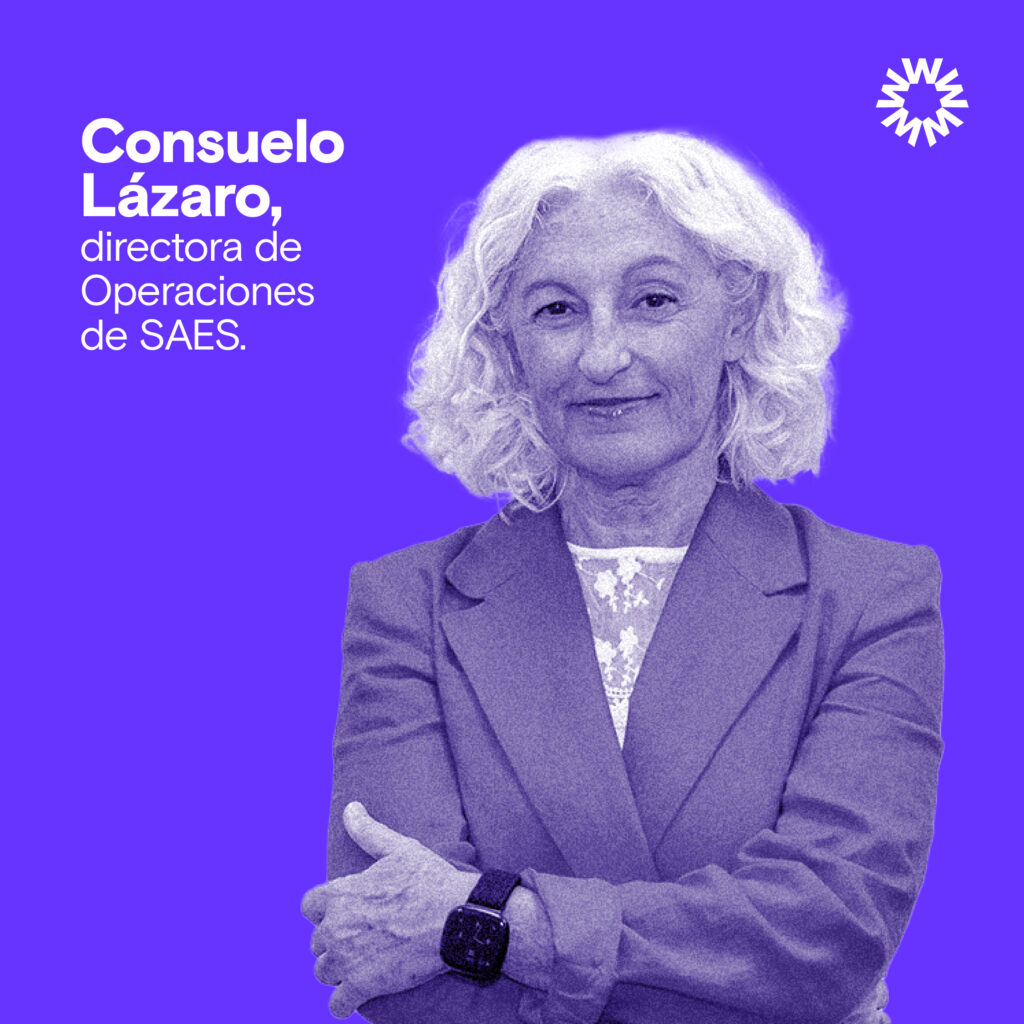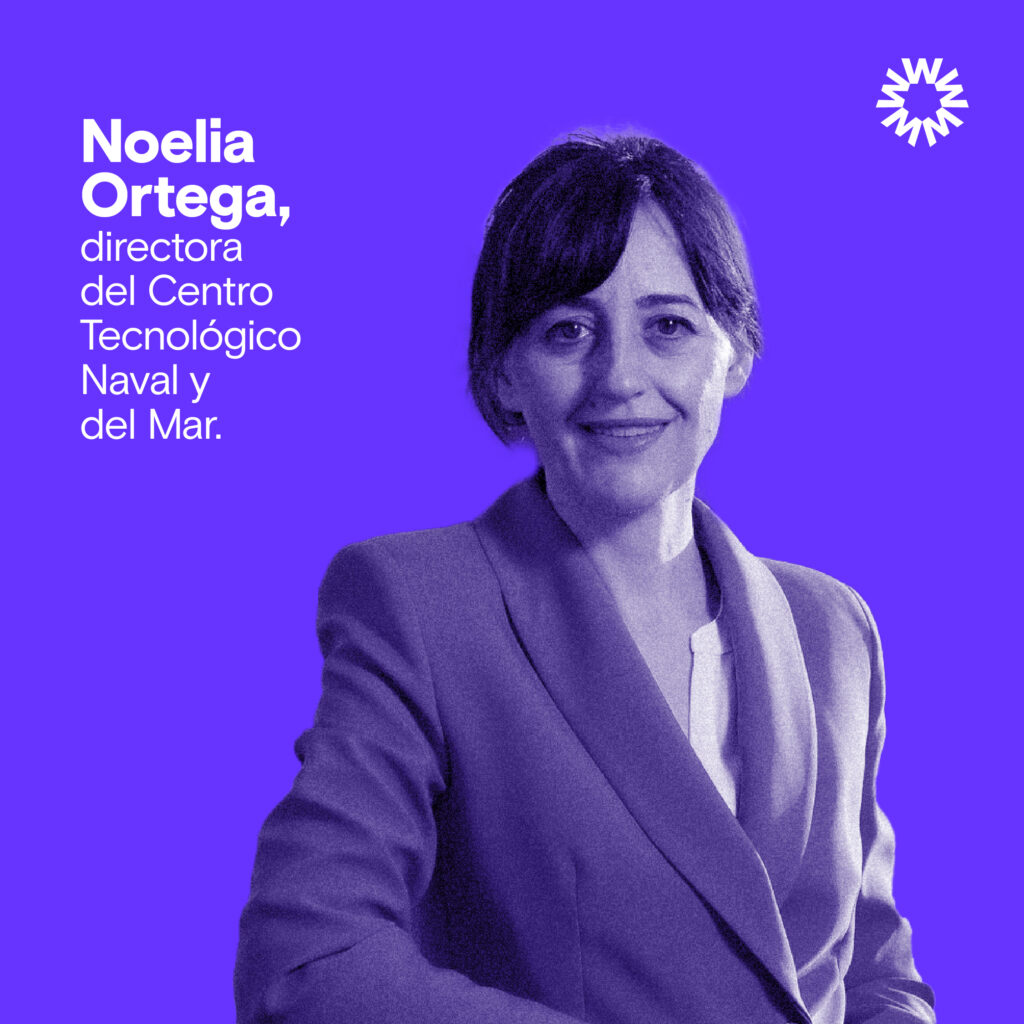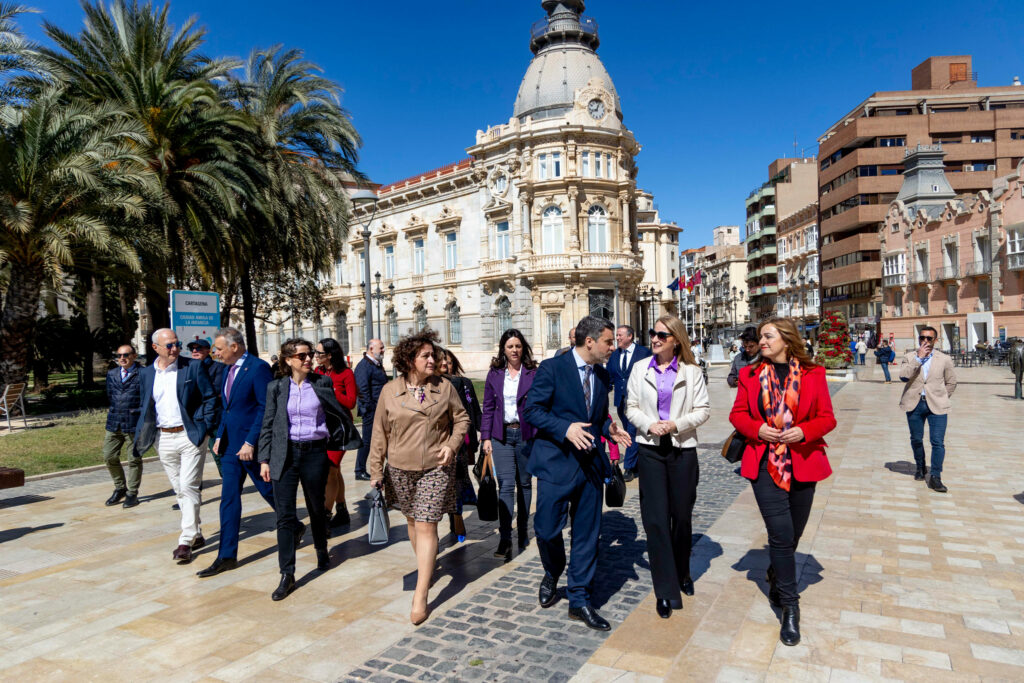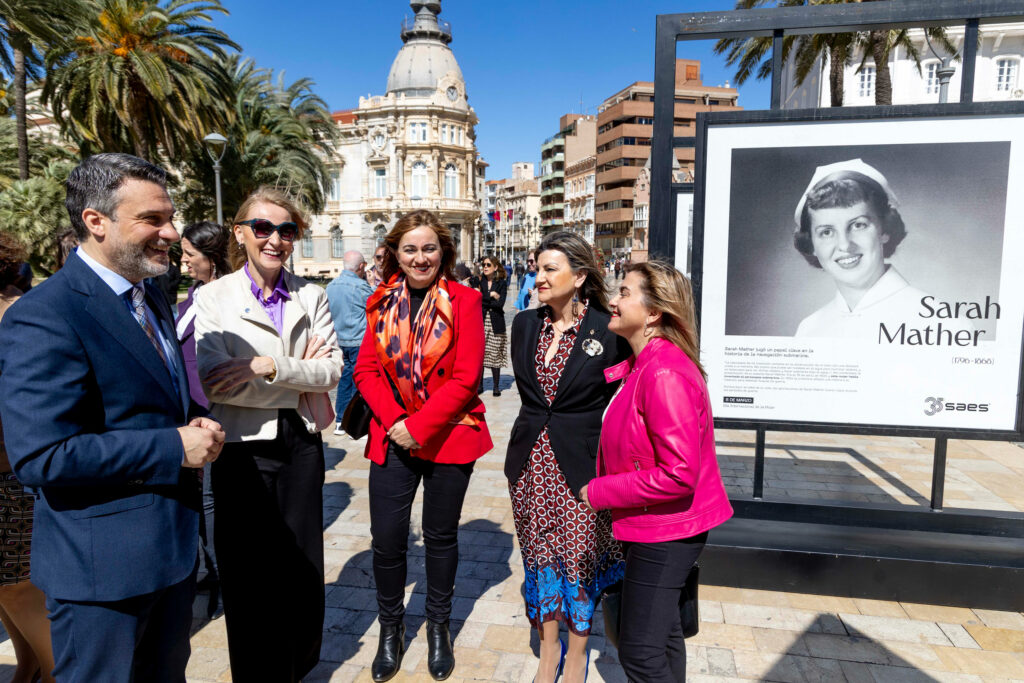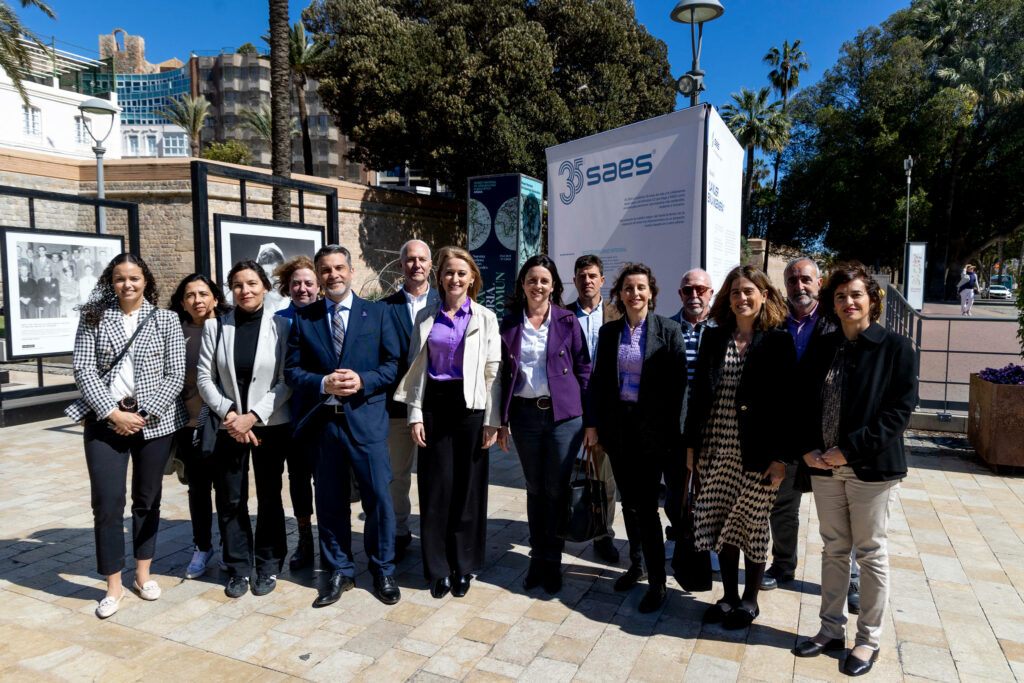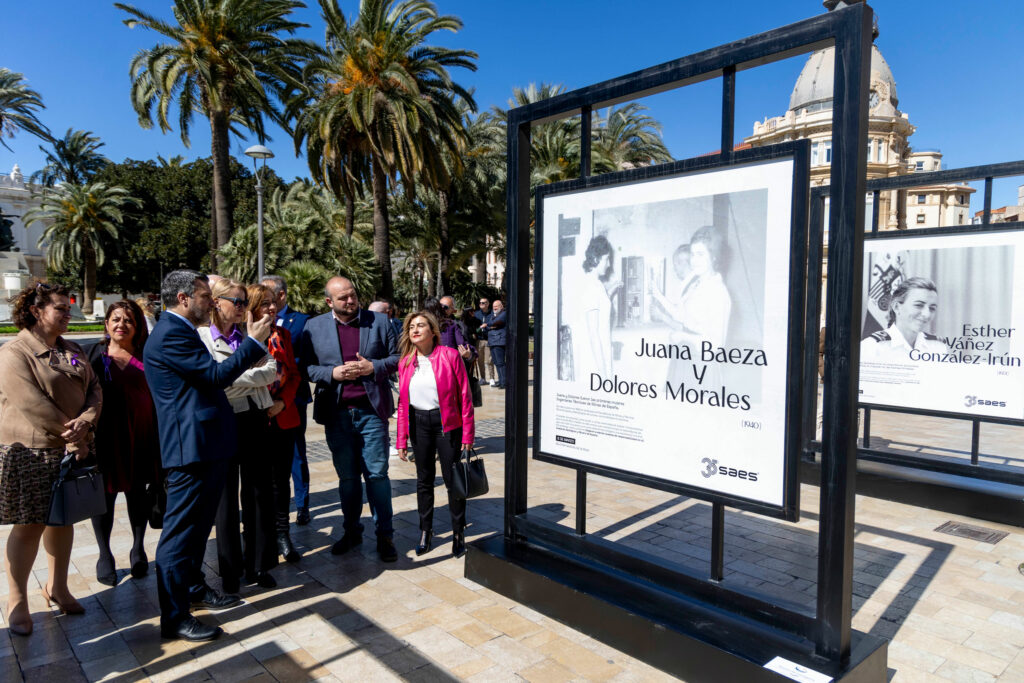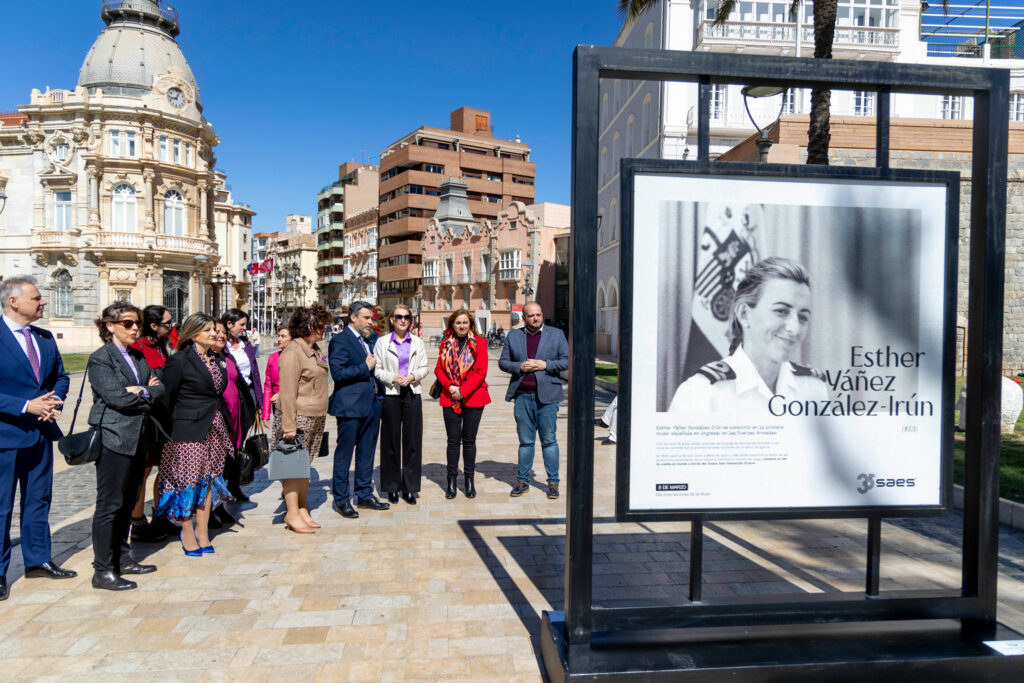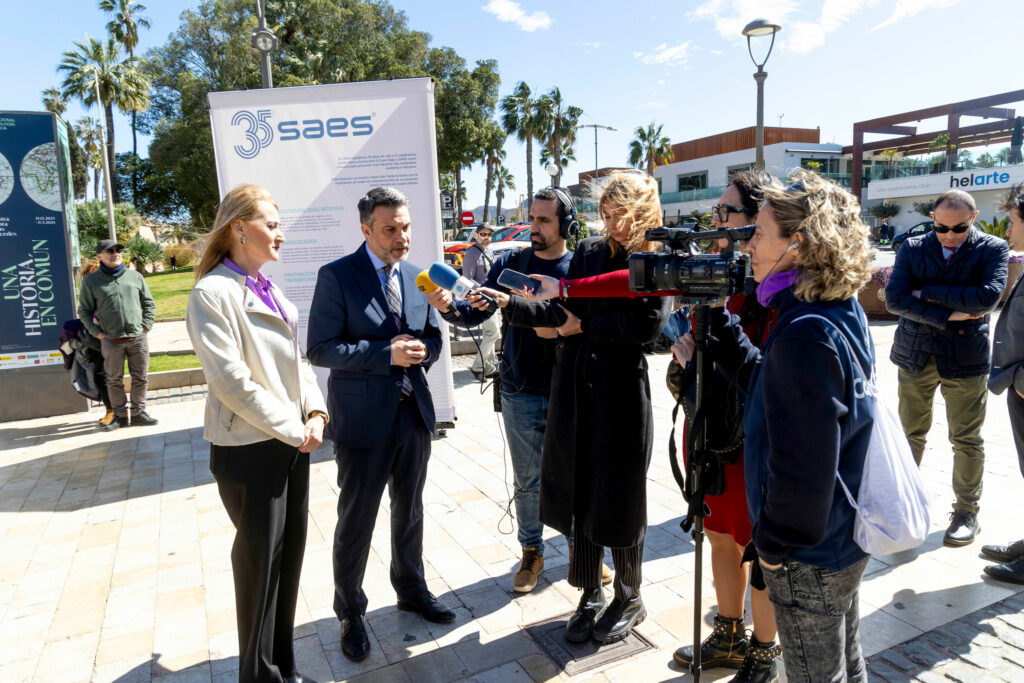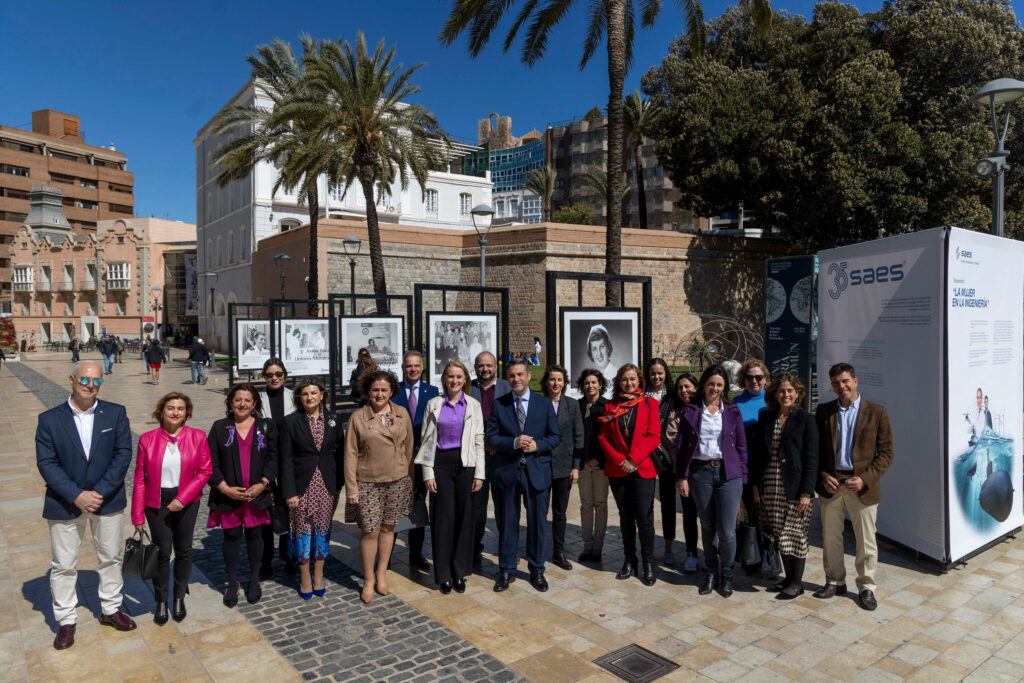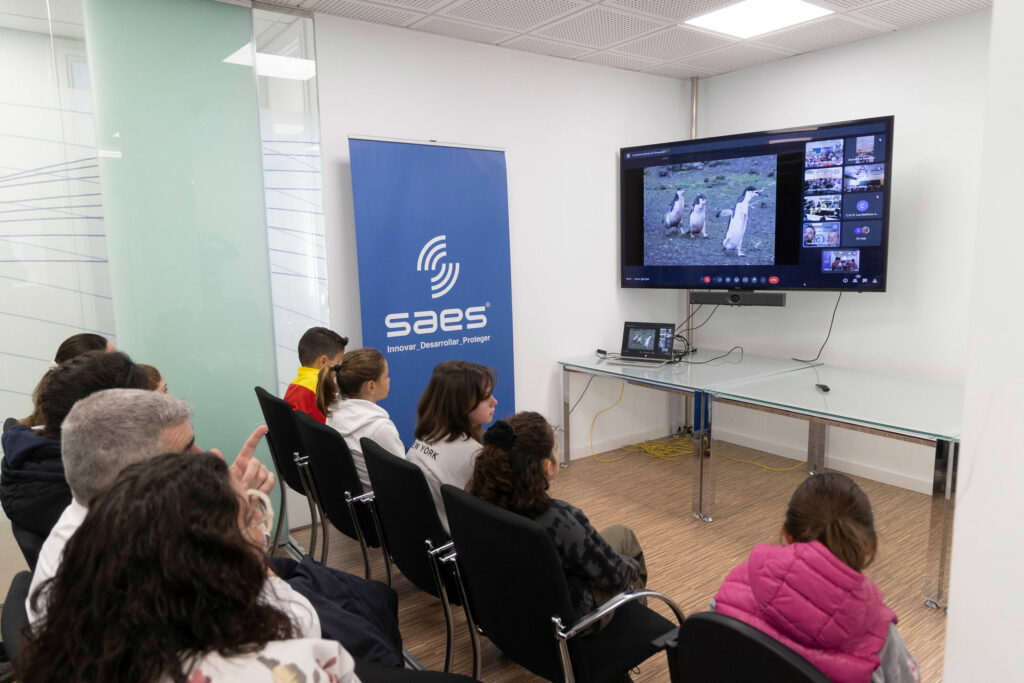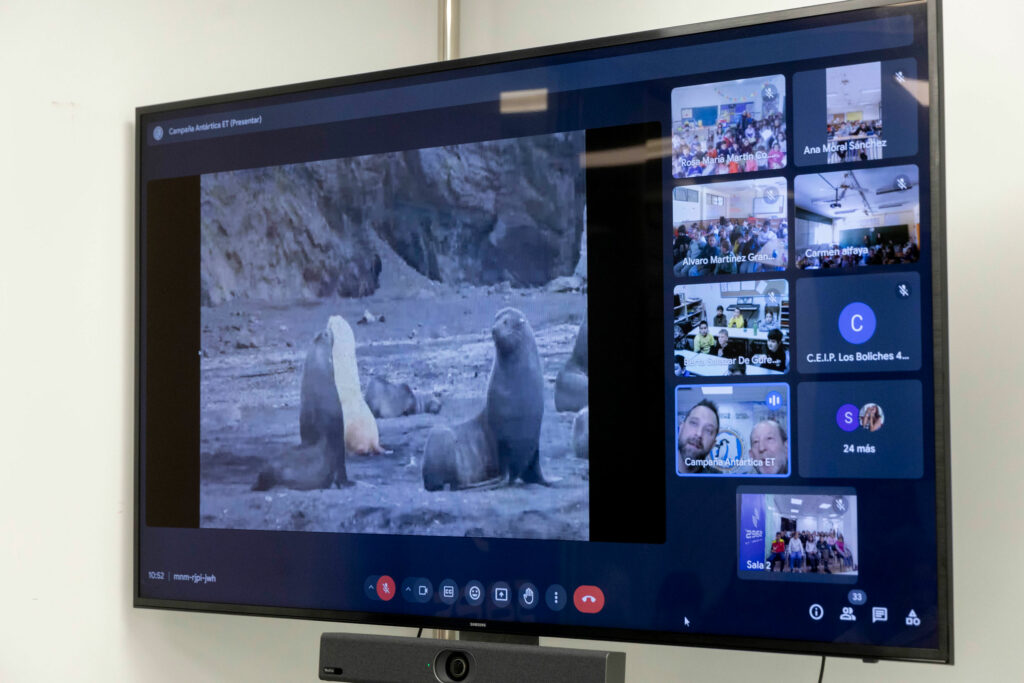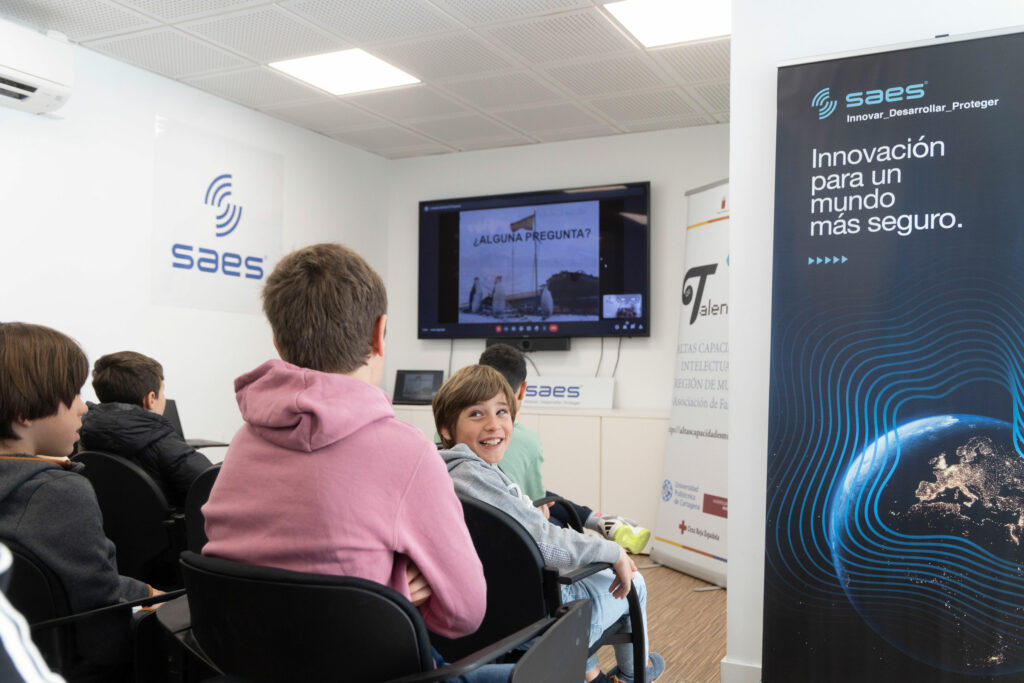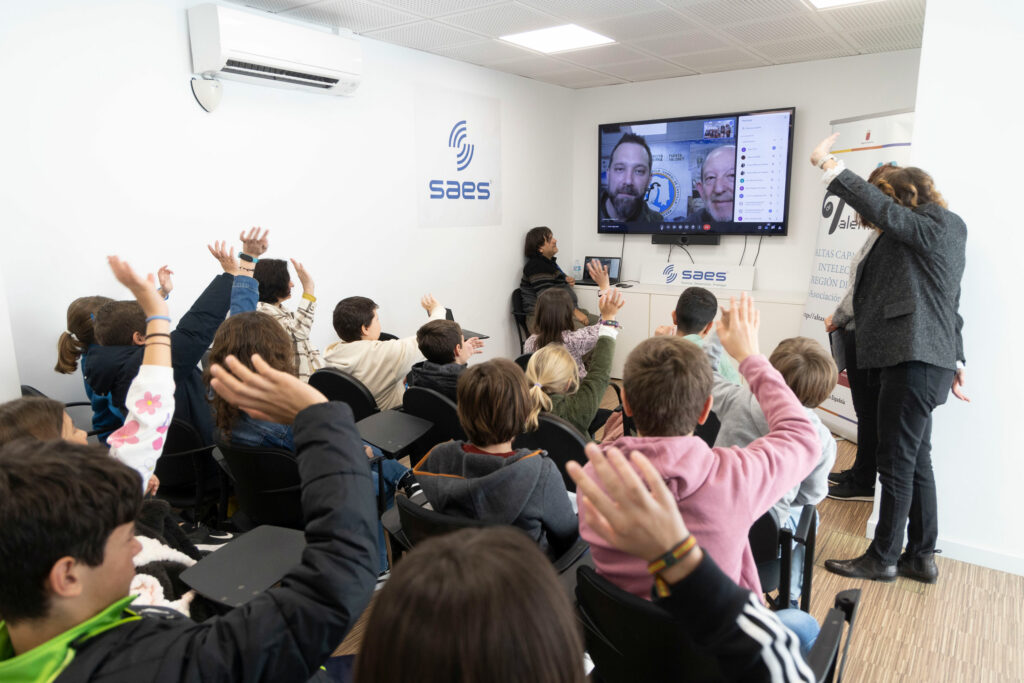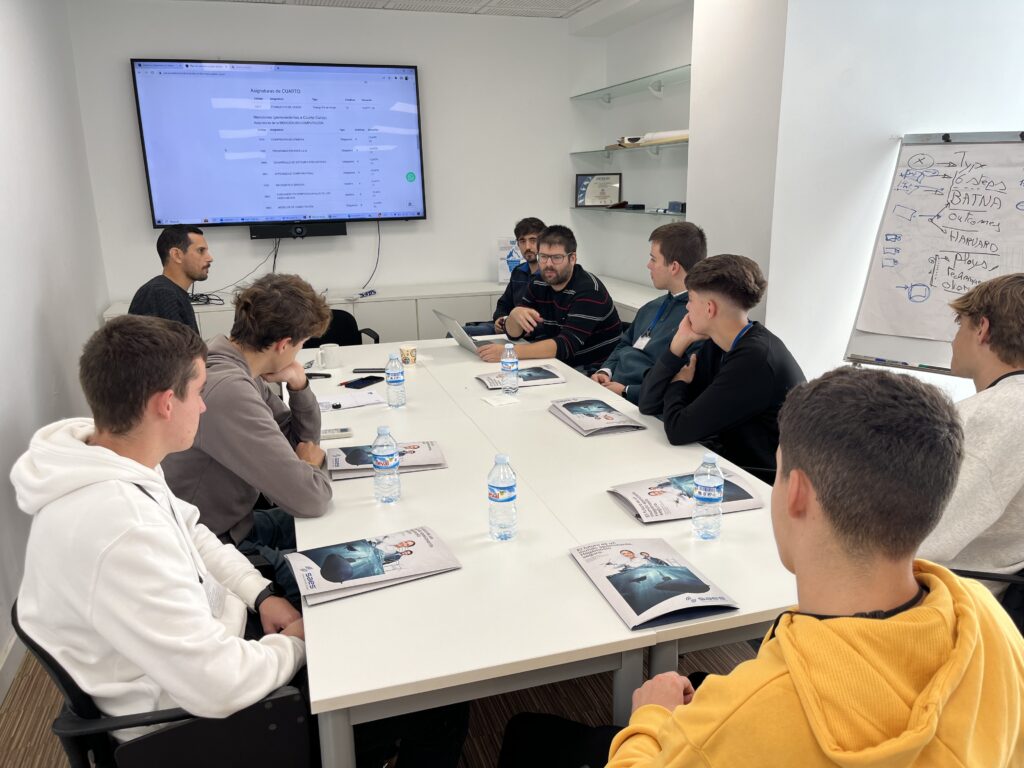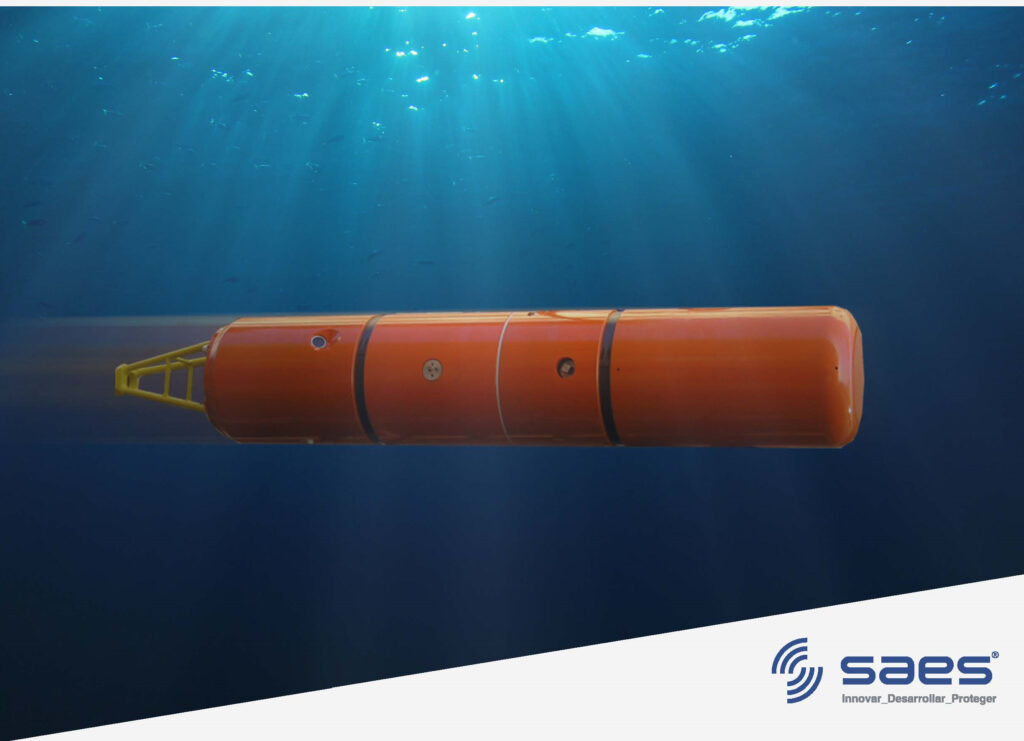SAES, a leading technology company in underwater defence and protection, and the Port Authority of Cartagena (APC), the entity responsible for the management and development of the Port of Cartagena, have signed a commitment agreement for the sustainable development of the Port of Cartagena, within the framework of the United Nations‘ 2030 Agenda. Thus, SAES joins the APC’s platform ‘Commitment to the Sustainable Development of the Port of Cartagena’ alongside 28 other companies and institutions.
SAES and the Port Authority of Cartagena have signed an agreement to join the platform ‘Commitment to the Sustainable Development of the Port of Cartagena’ to advance as the most sustainable port in the Mediterranean. This initiative, driven by the Port Authority of Cartagena, now includes a total of 29 organisations that come together to work towards a more sustainable, equitable, and prosperous port community in Cartagena, based on the United Nations Sustainable Development Goals.
The signing took place at the headquarters of the Port Authority, with the Vice President of the APC, Pedro Pablo Hernández, and the President of SAES, José Javier Mármol, committing to advance towards the SDG objectives in a common strategy that aims to make Cartagena the most sustainable port in the Mediterranean.
The Vice President of the Port Authority, Pedro Pablo Hernández, highlighted that “each organisation and company that is part of this Platform is a new added value that allows the measures and projects we carry out in the Port of Cartagena to have a greater benefit for society and our environment. The sum of efforts allows us to go further in our common objectives, guaranteeing greater socio-economic momentum, while always caring for and protecting an environment that includes seven protected areas within the Natura 2000 Network.”
For his part, the President of SAES, José Javier Mármol, stated, “At SAES, we are deeply committed to sustainability and environmental protection. Joining this platform allows us to collaborate closely with other organisations to implement innovative and sustainable solutions that benefit both the port community and the natural environment of Cartagena. We firmly believe that by working together, we can achieve ambitious goals and significantly contribute to the sustainable development of our region.”
The Commitment to the Sustainable Development of the Port of Cartagena is based on the goals outlined by each of the 17 Sustainable Development Goals, through an open and inclusive space for new companies, entities, and organisations in the community that have a common interest in advancing the sustainability of the Port of Cartagena.
Driven by the Port Authority of Cartagena, the Commitment to the Sustainable Development of Cartagena is a platform comprised of SMEs, large companies, and educational and research organisations that was launched at the end of 2020. The group includes Agencia Marítima Blázquez, Agrupación de Boteros y Amarradores del Puerto de Cartagena, Arsenal Militar de Cartagena, Capitanía Marítima, Ascar, Alkion Terminals, Bergé Marítima División Cartagena, Boluda Towage Spain, Bunge Ibérica, Buran Energy, Cartago Marpol, Cementos Colacem, Daniel Gómez Servicios Portuarios, Enagás, Engie Cartagena, Ership, Grupo Inglés, Iberian Lube Base Oils Company, Masol Cartagena, Navantia, Offshore Special Services, Real Club de Regatas de Cartagena, Repsol Petróleo Refinería Cartagena, Terminal Marítima de Cartagena, Astilleros Cartagena, Universidad Politécnica de Cartagena, Yacht Port Cartagena, and Zamora Company.
The signing of this agreement reflects SAES’s alignment with the values of the 2030 Agenda and its intention to be an active part in building the most sustainable port in the Mediterranean. Among the commitments made by SAES are the incorporation of the 2030 Agenda into its organisational strategy, networking with APC and the Port Community of Cartagena, and prioritising actions that ensure compliance with the Sustainable Development Goals (SDGs).
